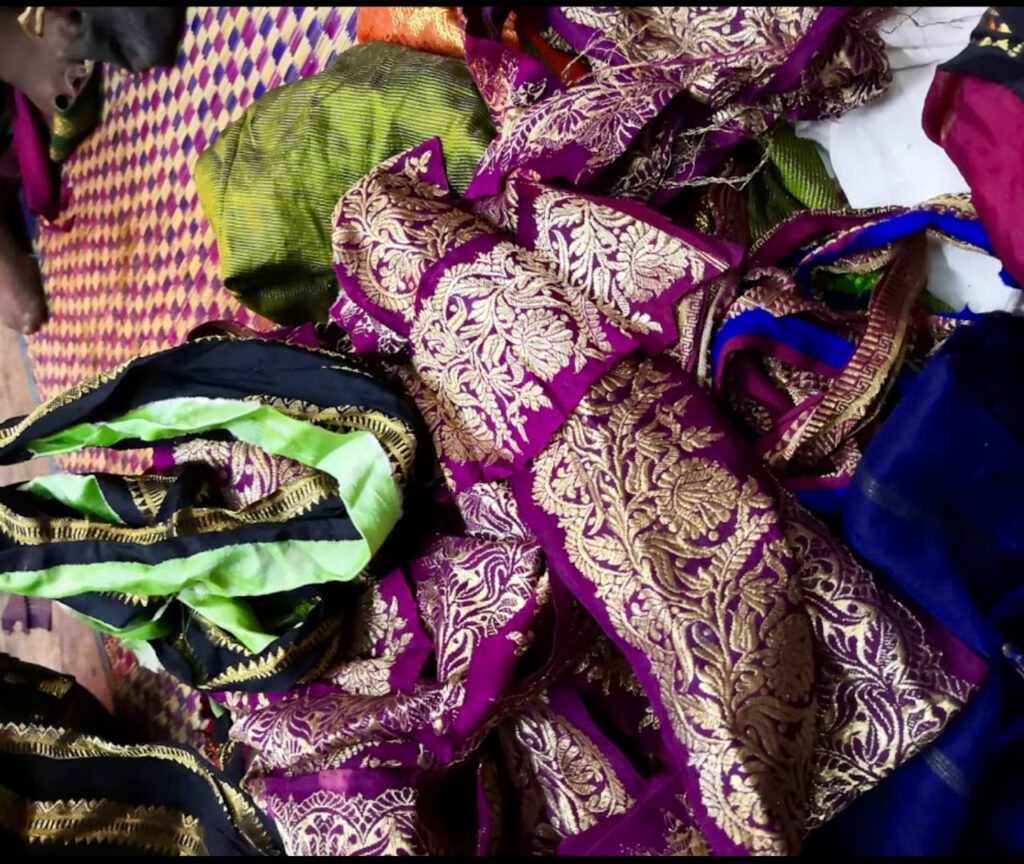How Do We Calculate Zari Silk Sarees


A small sample of the zari istested for the presence of silver Zari in order to establish the worth of an antique zari piece. We determine how much zari was used in the item and give the purchaser a fair price depending on the quantity and quality of the zari if the zari contains an acceptable amount of these precious metals. If the zari is later determined to be fake or tested, it is worthless because it is devoid of any silver or gold. In this situation, we won’t be able to give the item a price.The ancient silk sari or zari item is not in any way harmed during the quality test. To assess the zari’s quality and worth, we merely take a little sample. We will return the item to the customer in the same condition it was received if the customer is not pleased with the price we are offering or if the item doesn’t pass the quality test.We place a high value on our clients’ satisfaction and work hard to treat their belongings with the utmost respect.The amount of silver and gold that an antique zari object contains has a significant bearing on its worth. Due to the fact that they were formerly more affordable to make, older sarees typically contain a higher amount of these precious metals. The ratios of silver, gold, copper, and silk that are often utilized in pure Kanchipuram silk sarees are shown in the table below. ComponentsPercentage Average 65-70 % SIilk Gold 20 to 25% 0.40 to 0.50% Copper 10 to 20% Silver and gold used to make up a larger amount of Kanchipuram sarees, but as the price of these precious metals rose over time, so did their proportion in these sarees. Instead, more copper was used, keeping the price stable.decrease in production. The quality of the materials used and the traditional craftsmanship of Kanchipuram sarees continue to be valued by many people, and they are frequently willing to pay more for sarees that include a higher proportion
